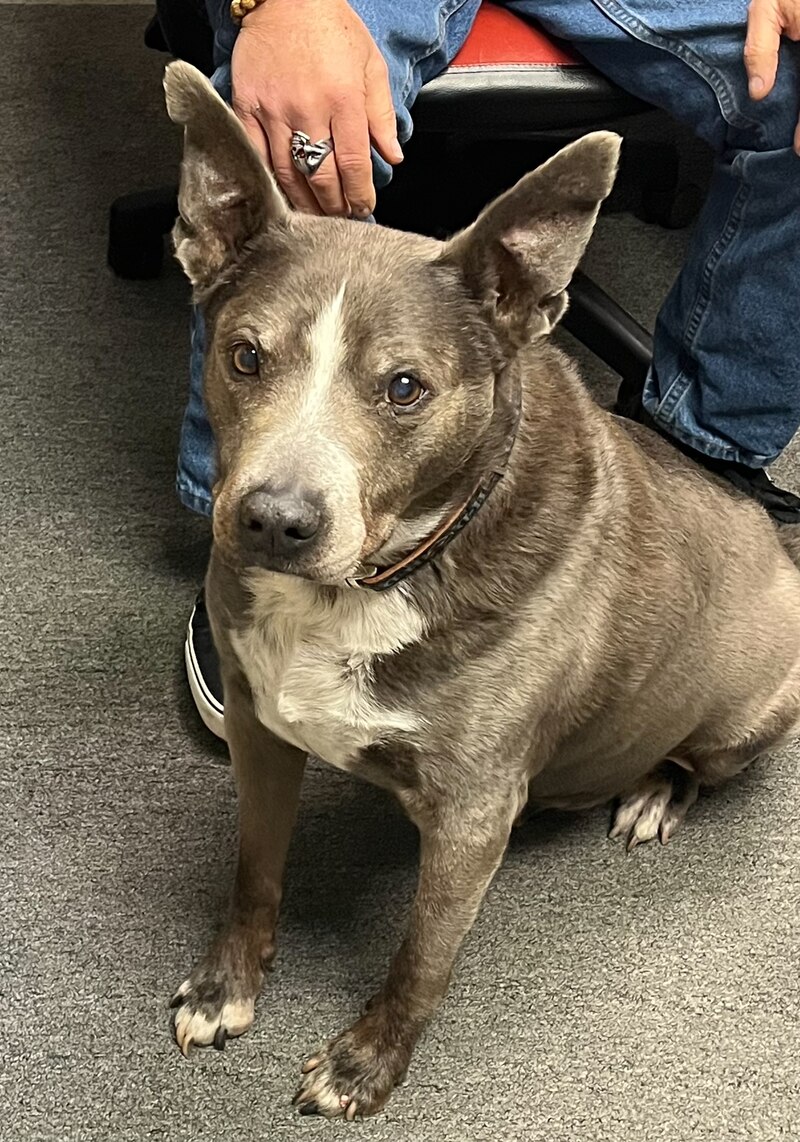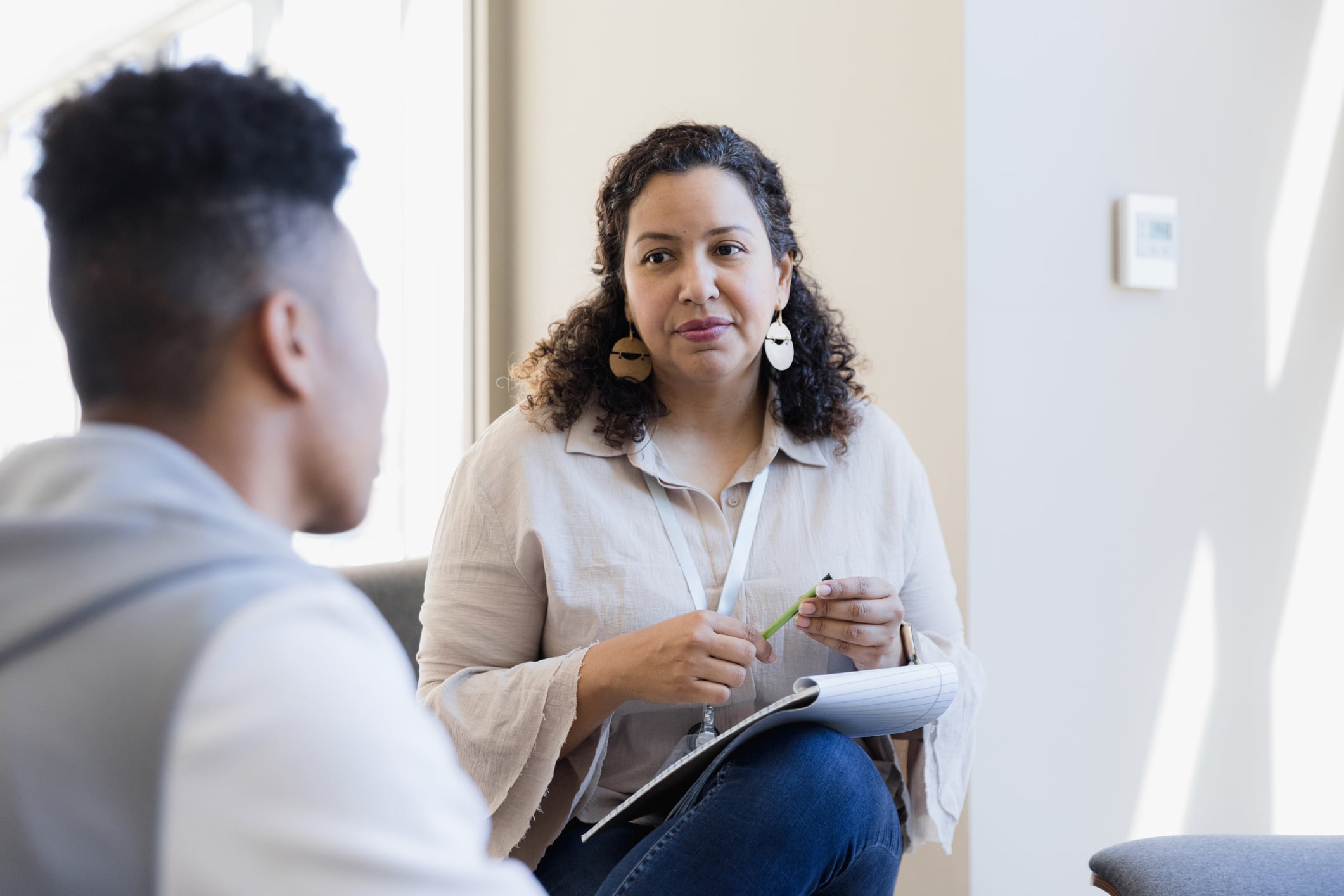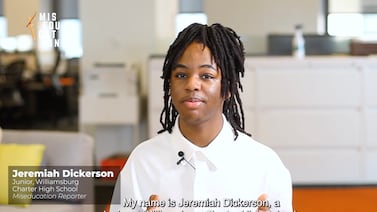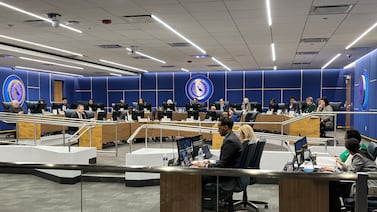Roxana Alvarado Martinéz, a high school sophomore, had told only close friends she was seeing a therapist to help her with anxiety and insomnia.
But that changed last week in the civics classroom where she serves as a teacher’s assistant. The teacher plucked slips of paper from the “Sol y Nubes” — sun and clouds — box, where students can anonymously share struggles or excitement.
That day, as the discussion touched on depression, bullying, and suicide, Roxana spoke up.
“There is no shame, absolutely no shame in you having a therapist or me having a therapist,” she told the class at Summit High School in Breckenridge. “I could help you get connected if that’s what you need.”
Roxana is part of a generation that has grappled with unprecedented mental health struggles over the last few years amid a pandemic that stoked stress, fear, and isolation for people young and old. She’s also one of thousands of Colorado youth taking advantage of a growing number of programs that aim to make mental health support more accessible and affordable for young people.
These programs include the state’s “I Matter” program, which provides six free telehealth or in-person counseling sessions to students in elementary through high school. So far, the program has served more than 5,600 students statewide.
There are a variety of local programs, too. Roxana, 16, received a scholarship to cover the cost of therapy from Building Hope Summit County, a mental health nonprofit. The Aurora school district east of Denver began offering students six free counseling sessions a year ago and the neighboring Cherry Creek district began offering eight to 10 free sessions to middle and high schoolers in December. Both districts contract with Hazel Health, a telehealth company based in San Francisco.
It’s hard to know if Colorado youth are getting all the help they need. During the first nine months of 2022, mental health-related visits to emergency departments in the Children’s Hospital Colorado system were up 74% compared with the same period in 2019, according to a hospital spokeswoman.
That’s part of the reason why local and state leaders continue to push for easy-access mental health support for children and teens before a full-blown crisis hits.
Michelle Weinraub, Cherry Creek’s chief health officer, said the district’s free counseling program grew out of a mental health task force launched in early 2022. She recalled asking students at one meeting if they’d use free counseling sessions they could access on their phones after school or work.
A couple of them were so excited, they jumped out of their chairs, she said.
“They were like, ‘Yes, that’s what we want,’” she said. Then the students started talking: “We can’t get an appointment unless we’re in crisis … My friend tried to call and they’re on a waitlist for six months. My friend wanted to see this person that they knew somebody else was seeing, but it doesn’t accept insurance.”
Experts declare a mental health emergency
In May 2021, just over a year into the pandemic, leaders at Children’s Hospital Colorado sounded the alarm about the spike in serious mental health problems among children and teens, declaring a youth mental health “state of emergency.”
They pleaded for more funding as well as efforts to reduce bureaucratic constraints in the youth mental health system. Six months later the state launched I Matter.
The program isn’t meant to be the only “front door” to counseling, but rather to serve as one low-barrier option for any young person who needs someone to talk to, said Charlotte Whitney of the state’s Behavioral Health Administration, which runs I Matter. There’s no requirement to be extremely anxious or depressed.
Whitney said the model can help set kids up for improved mental health long term “because they know where to access services and they know the coping skills to get them through those really hard times.”
Students 12 and over can sign up for the therapy sessions by filling out a simple online form. Children under 12 can use the service, but need a parent to do so. Whitney said generally students can get telehealth appointments within days.
Occasionally, she said, students wait longer if they’re looking for something specific — for example an in-person appointment in a rural community or a therapist that specializes in transgender issues.
In Aurora, about 230 students have been referred for counseling through the free Hazel Health program since the start of the school year. In Cherry Creek, which launched its program Dec. 5, about 200 students have been referred for help, often by their parents. Officials in both districts say there are no waiting lists for appointments.
Puppy therapy helps students open up
Timothy Swanson, a social worker in Colorado Springs, is one of about 200 I Matter therapists statewide. He sees up to three students a week, mostly in person, through the program. Often, his clients open up first to his dog Smoke, a gentle pitbull mix who accompanies him to the office.

“They just love him. They just grab him and start talking to him,” said Swanson. “It really helps these kids because a lot of times they come in, they’re withdrawn, a little nervous, not sure what therapy’s about.”
Swanson, 63, said many young clients, whether they’ve come through I Matter or other avenues, struggle with anxiety, anger, or depression. Sometimes, it’s because of pandemic-related disruptions at school, the trickle-down effect of parent stress, or cruel behavior from classmates.
Some of his clients have been told by fellow students, “Well, if you feel that way, why don’t you just kill yourself?”
“It’s really damaging,” Swanson said. “I encourage them to talk to counselors, to me, to their parents, to teachers or whoever, to help them develop a support system ... a healthy one where they can get good answers.”
As with other free therapy programs, I Matter aims to connect youth to continued counseling if they want or need it after the free sessions. Swanson said 30% to 40% of his I Matter clients continue seeing him after the first six sessions, paying through health insurance or other means.
Weinraub, of the Cherry Creek district, said if needed, Hazel Health therapists work with students and families to connect them to a local therapist after the free telehealth sessions end.
The COVID19 pandemic led to student burnout
Even before Roxana moved to the United State from Mexico at age 7, she was a top student. Her parents expected good grades and she delivered.
But her classes got harder in middle school. Then, in seventh grade, the pandemic hit. Roxana, once surrounded by friends, found herself spending long days alone in her bedroom.
Her father would say, “You have to come out and at least eat something, drink some water,” Roxana said. “I started getting to the point where I was drowning myself in all my work.”
She felt claustrophobic, exhausted, and worried about her mother, who worked as a nurse in Mexico. Eventually, Roxana tried counseling but it didn’t go well. She said the therapist told her, “It’s only in your head. You’re just pretending.”
By the middle of her freshman year in high school, her struggles spiraled. She was skipping classes and nearly failing courses for the first time in her life. She ended up in the hospital.
Today, Roxana is doing better. She’s seeing a therapist she relates to — one who is Latina and a native Spanish-speaker like herself — and she’s let go of her drive for perfect grades. She’s also trying to tackle the stigma around seeking mental health help, something she’s felt as part of the Latino community.
“We have this big, big culture of what happens in our family stays in our family and you’re not going to tell our family business around,” she said.
But Roxana knows there are other students like her at school, silently struggling with their painful realities. That’s why she decided to say something during the recent civics class, stuttering a bit as she shared her story.
“If I don’t speak out, other people won’t either,” she said.
Ann Schimke is a senior reporter at Chalkbeat, covering early childhood issues and early literacy. Contact Ann at aschimke@chalkbeat.org.






